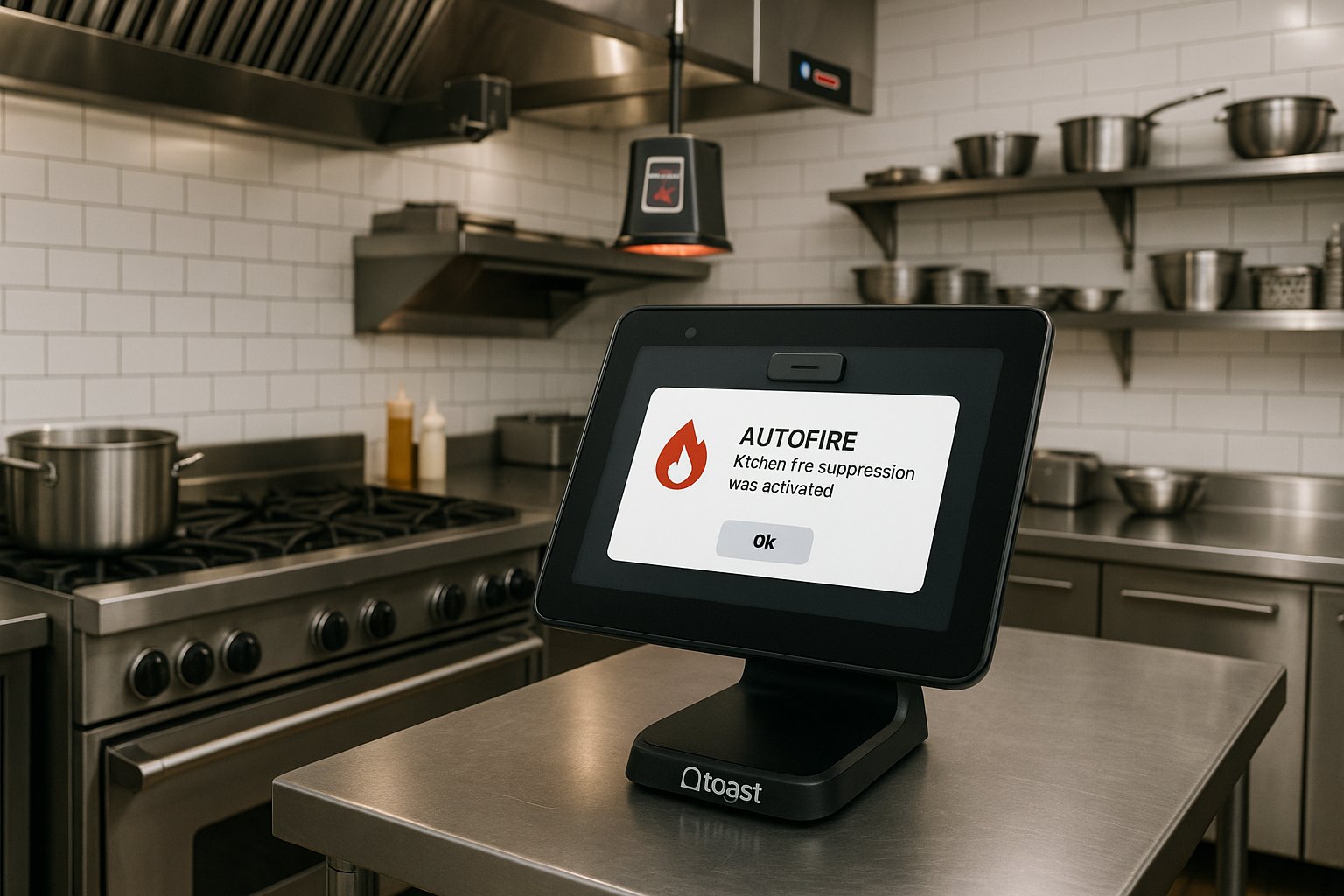Understanding the Need for Table Transfers in Restaurants
Introduction
In a bustling restaurant environment, efficiency is paramount. One common scenario that servers face is the necessity to transfer a table from one server to another. This need often arises due to various reasons such as shift changes, balancing table loads among staff, or accommodating a guest’s request. Understanding the importance of seamless table transfers can significantly enhance the customer experience and streamline restaurant operations.
Table transfers not only help in managing the flow of service but also allow staff to provide a more personalized dining experience. When a server is unable to attend to their table due to an emergency or shift change, transferring the table to another server ensures continuity of service. This practice is essential for maintaining a high level of customer satisfaction, as it avoids long wait times and confusion.
Moreover, utilizing a reliable POS system like Toast POS can simplify this process. With its intuitive interface and robust features, Toast POS enables servers to transfer tables quickly and efficiently, allowing them to focus on what truly matters: providing excellent service to their guests.
Step-by-Step Guide to Transferring Tables with Toast POS
Transferring a table between servers using Toast POS is a straightforward process that can be completed in just a few steps. First, the server who is currently managing the table should navigate to the table management section of the POS system. This section provides an overview of all tables currently in service, along with their respective statuses.
Once located, the server selects the table they wish to transfer and initiates the transfer function within the software. The system will prompt the server to choose the new server who will take over the table. After confirming the selection, the system updates the table assignment in real-time, ensuring that all staff members are aware of the change.
It is crucial for servers to communicate the transfer to the new server, especially regarding any specific guest requests or ongoing orders. This additional step helps maintain a seamless dining experience for the guests and reinforces teamwork among staff members.
Best Practices for Efficient Table Transfers
To ensure that table transfers are completed efficiently, several best practices should be followed. First and foremost, communication is key. Servers should openly communicate with one another about table statuses, special requests from guests, and any relevant notes that may assist the new server in providing quality service.
Second, understanding the layout of the restaurant and the flow of service can greatly enhance efficiency during transfers. Servers should be familiar with each other’s sections to avoid confusion and minimize delays during peak hours. Additionally, leveraging the Toast POS system’s features, such as notifications and alerts, can help keep all staff members informed about any changes.
Lastly, training staff on the proper use of Toast POS is vital. Regular training sessions can ensure that all employees are comfortable with the system and understand the process of transferring tables, leading to quicker and more efficient service overall.
Conclusion and Future Steps for Servers
Conclusion
In conclusion, mastering the art of transferring tables with Toast POS is an essential skill for restaurant servers. Not only does it improve customer satisfaction, but it also fosters a collaborative environment among staff. By understanding the need for table transfers, following a clear step-by-step process, and adhering to best practices, servers can ensure that they provide the best possible dining experience for their guests.
As restaurants continue to evolve, embracing technology like Toast POS will be crucial for maintaining efficiency and enhancing service quality. Ongoing training and a focus on communication will further empower servers to adapt to the dynamic nature of the restaurant industry, ultimately leading to greater success for both staff and management.


